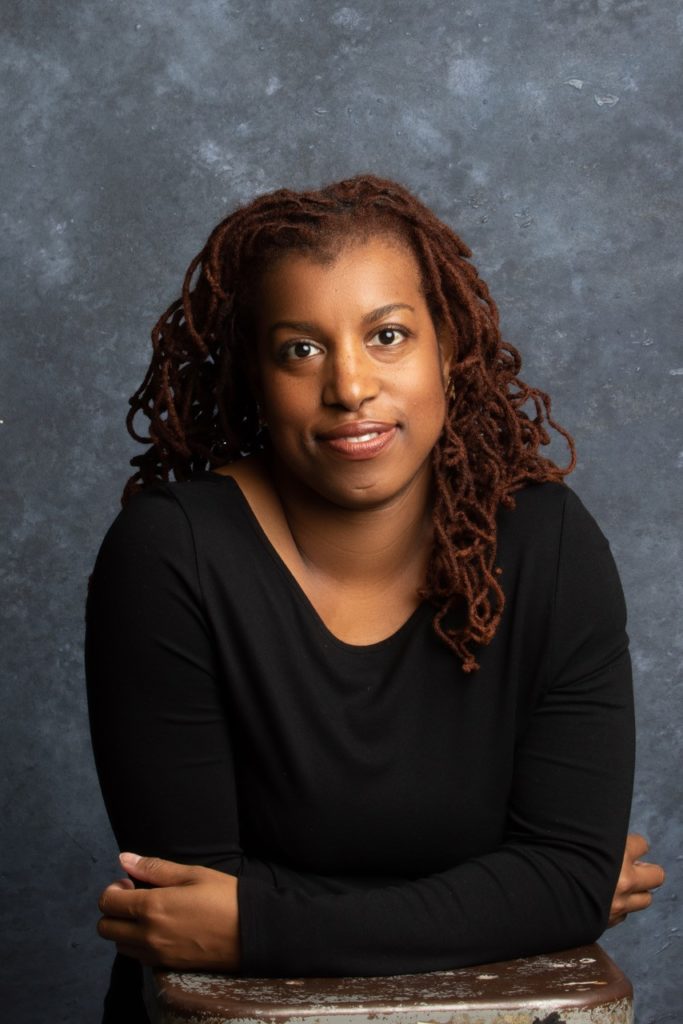Takeaway
Loneliness is an epidemic. Being aware of this, asking about it, and empathizing can make a world of difference.
Every other Friday evening my phone rings. The voice on the other end is Mr. Hargett, my neighbor (who would be indignant if I referred to him as “my elderly neighbor,” even though he’s a couple years shy of 80). Our brief conversation is always the same:
“Are we going to make our ‘run’ in the morning?”
“Yes, Mr. Hargett.”
“What time should we leave?”
“Not too early. How about 9 o’clock?”
“9 o’clock sounds like a good idea. I’ll see you in the morning.”
Our “run,” our Saturday morning time together, “store day” as we’ve come to call it, usually involves trips to a few grocery stores (Mr. Hargett is quite particular about where he gets his vitamins versus where he gets his water versus where he gets his cleaning supplies) and whatever other assorted errands one or both of us may have. Our record is six stores in one morning.
Although we spend much of the day lovingly bickering—he complains about my driving and use of GPS instead of “common sense,” I hate his “Washington football team” hat—we have formed a deep bond with one another. Our time together on Saturdays isn’t just enjoyable; it’s good for our health.
Strong social ties improve our health. Feeling connected to others combats loneliness, and loneliness is associated with worsened immune function and coping skills. Moreover, having a social support network can increase health-seeking behaviors, such as getting regular medical check-ups.
As more young and middle-aged adults move away from their communities of origin, forming and maintaining strong connections with others can be hard. For older adults, increasing health challenges can inhibit their ability to form and maintain their social ties. Intergenerational connections can be mutually beneficial. My father, born the same year as Mr. Hargett, died years ago, and most of my remaining family is far away. Somewhere along the way, Mr. Hargett has taken to referring to me as his “daughter,” while his actual daughter is comforted by the fact that I am right down the street looking out for her parents. Intergenerational relationships have also been shown to combat ageism and to shift perceptions about what aging actually entails.
Efforts to foster intergenerational connections are increasing. Psychologists posit that lack of strong social ties is a public health issue, of similar importance to obesity and smoking. Support for intergenerational relationships, whether established through formal programs or organically formed, should be part of these efforts. Clinicians should also receive support for incorporating questions about well-being and social ties into patient visits, given the role that social ties play in our health.
As adults age away from their families and lose friends through death and serious illness, younger, unrelated friends and neighbors will play an increasing role in the social support networks of the elderly. They may be the ones who accompany older patients to physician visits and help with tasks of daily living, such as transportation, home maintenance, and meal preparation. Clinicians can work to enlist these friends and neighbors in managing the care for older patients (to the extent that the patient is comfortable, of course), as these caregivers may have insight about the well-being of older patients that geographically distant family may lack. As the nature and makeup of our familial and social ties continues to shift across the lifespan, the clinical environment can be a space where sensitivity to these changes can benefit everyone.
3 questions clinicians can ask patients to help combat loneliness:
1. Tell me about your support network.
2. How much time each day do you spend with family and friends?
3. Do you have someone to call when you feel lonely?
Simple steps can make a world of difference to patient well-being.


